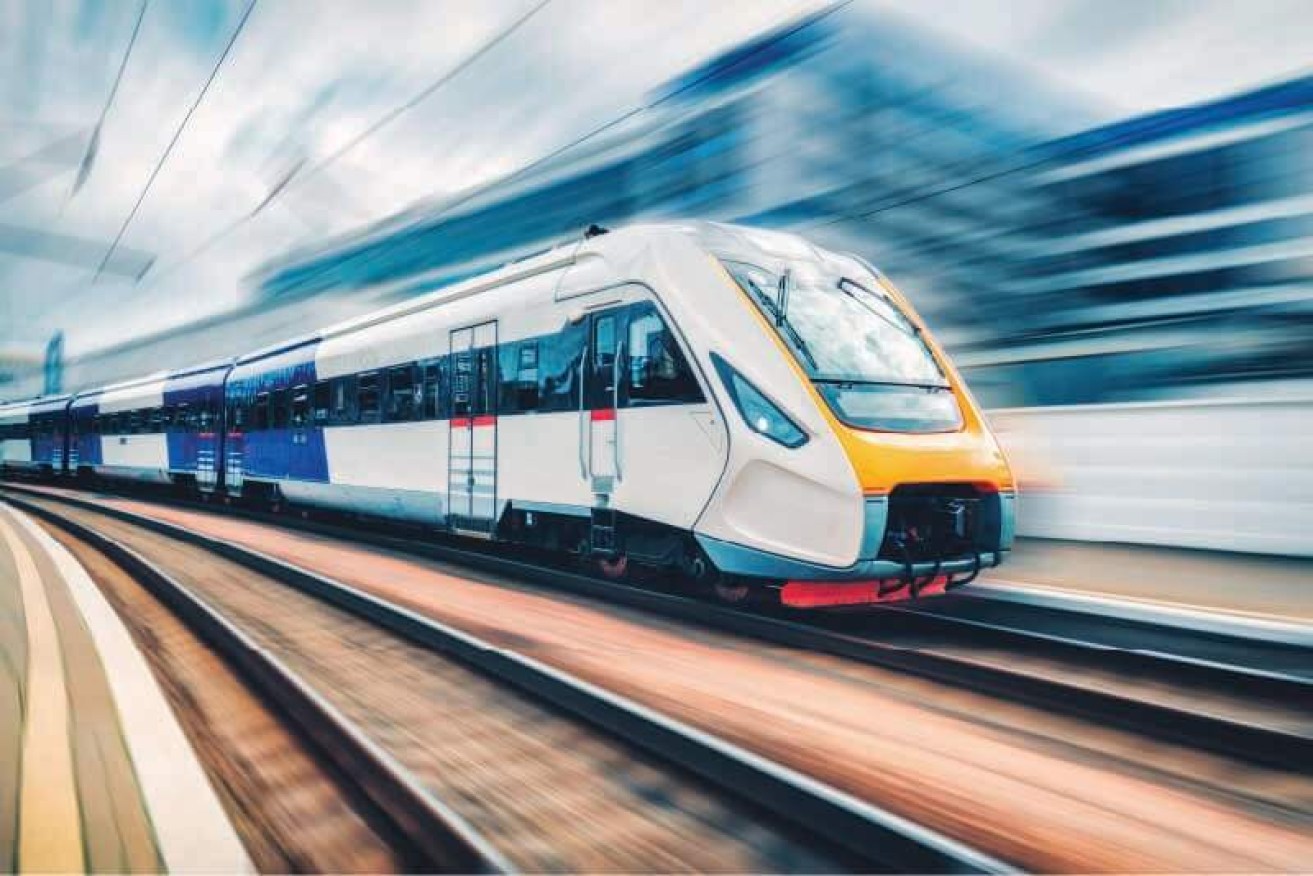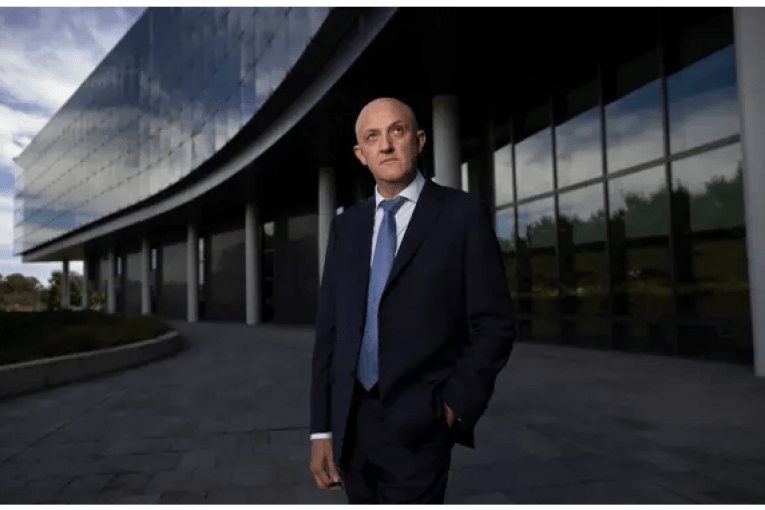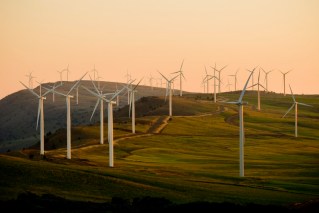Infrastructure goodies: Regions set to move ahead of the pack
Brisbane Olympics or not, when it comes to infrastructure investment the Morrison Government’s immediate attention will be fixed on delivering gold, gold, gold for the regions.


Artist's impression of fast rail. (Source: SEQ Council of Mayors)
Regional areas as opposed to the big cities are tipped to be the winners when Infrastructure Australia – the body charged with assessing proposals seeking more than $250 million from Canberra – releases its latest priority list of projects on Friday.
While those behind south-east Queensland’s efforts to host the 2032 Olympics can be pleased with its new “preferred bidder” status, it is likely to take more than praise from the International Olympic Committee for Scott Morrison to open a firehose of money for SEQ’s transport and freight infrastructure as a result.
That will not stop the lobbying for a bigger slice of investment infrastructure pie for the state’s urbanised corner. Marrying the Olympics bid to improving transport links has been part of the bid agenda from day one, with the Council of Mayors lobby pushing one project in particular.
Sunshine Coast Mayor Mark Jamieson, a champion of the bid, said today that “in order to get our candidature over the line, all tiers of government will need to be able to demonstrate we are infrastructure-ready to host an Olympic and Paralympic Games event”.
“Which is why as the Council of Mayors (SEQ), we have always remained steadfast on the principle that securing the Games should accelerate investment in critical infrastructure for the south-east, leaving a lasting legacy for Queensland,” he said.
Among the projects south-east Queensland mayors are hoping will get a kick start out of a successful Olympics bid is the proposed fast rail network linking the Gold and Sunshine Coasts and Toowoomba with the Cross River Rail-enhanced Citytrain system.
A version of this proposal, North Coast Connect, which would see a faster rail connection between Brisbane and the Sunshine Coast.
It would include a new dedicated track along the existing North Coast Line between Brisbane and Beerwah, and a new rail corridor to connect coastal population centres like Maroochydore and Caloundra.
Infrastructure Australia is evaluating a business case for the proposal.
IA cannot be accused of not understanding Queensland’s needs. Former Brisbane Airport Corporation chief Julieanne Alroe is IA chair and former Lord Mayor Graham Quirk, a keen proponent of the Olympics bid, is a director.
Last year, the Queensland projects to debut on IA’s priority list were heavily transport-focussed and included upgrades to the M1 between Brisbane and the Gold Coast and the southern sections of the Bruce Highway, north of the Queensland capital.
The third stage of Gold Coast light rail was also an addition, with maintenance of the state’s land transport network gained “high priority” status, a recognition of the parlous state of freight infrastructure in some parts of Queensland.
But it is the regions that are likely to gain more from the new Priority List on Friday.
An insight into IA’s current attitude was its report, Infrastructure Beyond COVID-19, last December.
The organisations chief executive Romilly Madew said the report, commissioned by the Morrison Government, established a “baseline” to determine how the pandemic had change the way Australia’s infrastructure was used.
“COVID-19 has demonstrated that there is an opportunity to make better use of what we have. This is a trend that both governments and industry should harness as we consider the infrastructure investment and reform responses that will best support Australia’s long-term economic recovery.”
Tellingly for those wanting more investment in transit infrastructure like faster rail, the report dwelled on how coronavirus had changed the public transport picture.
“In a reversal to the earlier trend of increasing public transport use, patronage in most cities fell to 10–30% of normal levels in the initial lockdown and settled at a ‘new norm’ of 60–70% of pre-COVID-19 levels,” it said.
“Traffic levels rebounded quickly, along with an uplift in second-hand car purchases, potentially indicating that higher car mode share may persist for some time.”
It also noted an uptick in trends that have been the subject of much analysis in recent months _ working from home and regionalisation.
“The longevity of these changes is uncertain, however the impacts are likely to persist for some time as Australians continue to seek more affordable housing outside of the inner metro areas,” Madew said when the report was released.
“If this trend continues, we could see reduced demand for urban transport and increased pressure on broadband networks in regional centres.”












